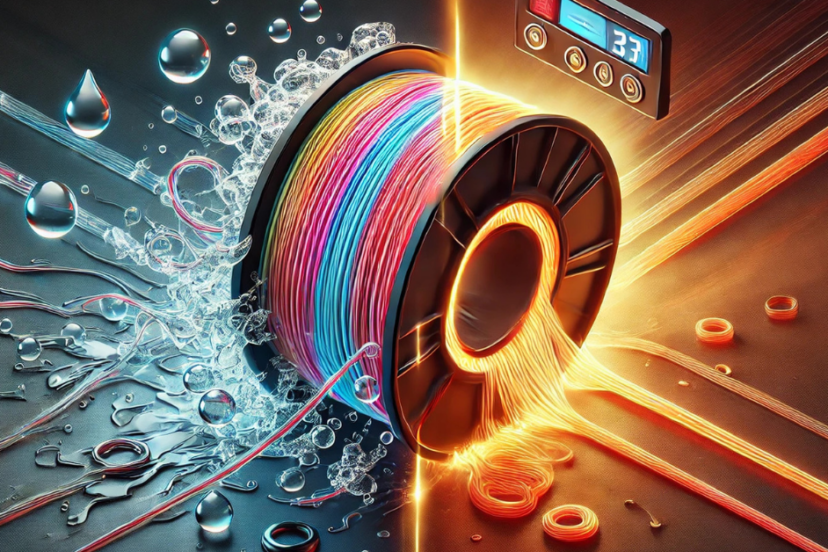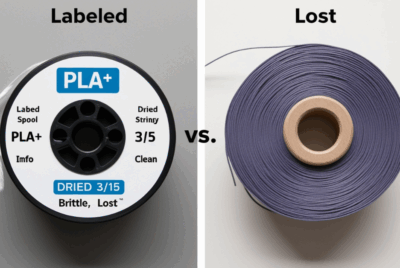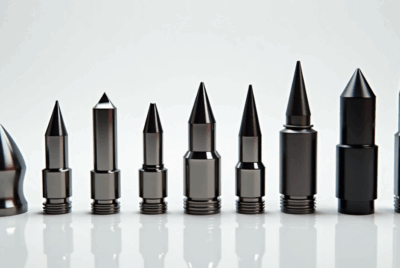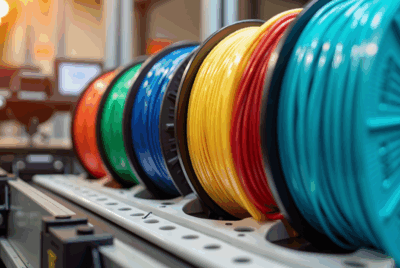How to Choose the Best Filament Dryer for 3D Printing
When it comes to 3D printing, ensuring your filament stays dry is crucial for achieving high-quality prints. Filament that has absorbed moisture can lead to a host of printing issues, including poor adhesion, warping, and inconsistent extrusion. That’s where a good filament dryer comes in. These devices are designed to remove moisture from your filament, ensuring it remains in optimal condition for your next project. In this article, we’ll explore how to choose the best filament dryer for your 3D printing needs.
How to Choose the Best Filament Dryer for 3D Printing
1. Understand the Importance of Dry Filament
Before you pick a filament dryer, it’s important to understand why dry filament is so critical for 3D printing.
How Moisture Affects Filament
When filament absorbs moisture, it can cause problems during printing, including bubbling, inconsistent extrusion, and weak prints. Moisture can also lead to clogging in your 3D printer’s nozzle, resulting in failed prints and wasted time. By keeping your filament dry, you can avoid these issues and ensure your prints come out perfectly every time.
2. Key Features to Look for in a Filament Dryer
When shopping for a filament dryer, there are several features to consider to make sure you’re getting the best device for your needs.
Adjustable Temperature Control
The best filament dryers come with adjustable temperature settings, allowing you to tailor the drying process to the specific needs of your filament. Different filament types (like PLA, ABS, or Nylon) require different drying temperatures, so being able to adjust the heat is crucial for achieving optimal results.
Air Circulation and Drying Efficiency
Filament dryers should have efficient air circulation to ensure that heat is evenly distributed around the filament. This will help dry the filament quickly and prevent it from becoming overheated or unevenly dried. Look for dryers that offer both horizontal and vertical airflow for the best drying efficiency.
Size and Capacity
The size of the filament dryer is also important, especially if you work with larger spools. If you often work with multiple spools, consider a dryer that can accommodate more than one spool at a time. A larger dryer will allow you to store and dry filament for multiple prints, saving you time and effort.
3. Top Filament Dryer Options for 2024
Here are some of the best filament dryers currently available on the market in 2024. These dryers are highly recommended by 3D printing enthusiasts for their performance and reliability.
Sunlu Filament Dryer
Sunlu’s filament dryer is one of the most popular models. It features adjustable temperature settings, a large drying chamber, and the ability to dry multiple spools at once. It’s perfect for users who need a reliable and efficient dryer for everyday use.
PrintDry Filament Dryer
The PrintDry Filament Dryer is another top contender. It offers excellent temperature control, efficient air circulation, and is known for drying filament quickly and evenly. This dryer is ideal for those who print with a variety of filament types and need a versatile solution.
3D Fuel Filament Drying Oven
The 3D Fuel Filament Drying Oven is perfect for drying large spools of filament. Its advanced heating system allows for even drying, and it has a temperature range suitable for most filament types, including more sensitive materials like Nylon and Polycarbonate.
4. How to Use a Filament Dryer Effectively
Once you’ve selected the best filament dryer, it’s important to use it properly to ensure the best results.
Step-by-Step Guide to Using a Filament Dryer
- Preheat the Dryer: Set the dryer to the appropriate temperature for the filament type.
- Place the Filament in the Dryer: Load the filament spool into the drying chamber, ensuring it’s centered for even airflow.
- Set the Timer: Drying times will vary depending on the filament, but a typical drying cycle lasts between 4 to 8 hours.
- Remove and Use: Once the filament has been dried, remove it from the dryer and use it immediately for your 3D printing projects.
5. Troubleshooting Common Filament Dryer Issues
While filament dryers are generally reliable, they can occasionally run into problems. Here’s how to troubleshoot common issues.
What to Do if Your Filament Dryer Isn’t Drying Properly
- Check the Temperature: Make sure the temperature is set to the correct level for the filament you’re using.
- Inspect the Airflow: Ensure the dryer’s air circulation is working properly. A blocked vent or faulty fan could reduce drying efficiency.
- Replace the Heating Element: If the dryer isn’t heating up properly, the heating element might need replacing.
Conclusion: Final Thoughts on Choosing the Right Filament Dryer
Choosing the best filament dryer is essential for maintaining the quality of your 3D prints. A good filament dryer can prevent moisture issues and ensure your filament stays in top condition. By considering key features such as adjustable temperature control, airflow efficiency, and size, you can find the perfect dryer for your needs. Whether you’re a hobbyist or a professional, investing in a quality filament dryer will improve your printing experience and help you avoid frustrating print failures.
FAQs
- How often should I dry my filament?
It’s a good idea to dry your filament whenever it’s been exposed to humidity or if you notice any print issues. - Can I dry filament without a dryer?
While you can air dry filament in some cases, a filament dryer is the most effective and efficient way to ensure moisture is fully removed. - How long does it take to dry filament?
Drying times vary depending on the filament type, but typically, it takes between 4 to 8 hours. - Can I use the filament dryer for multiple spools?
Yes, many filament dryers can accommodate multiple spools, making them ideal for busy print shops or multi-print projects. - Are filament dryers expensive?
Filament dryers range in price depending on features, but there are affordable models that perform well for hobbyists, and high-end models for professionals.




